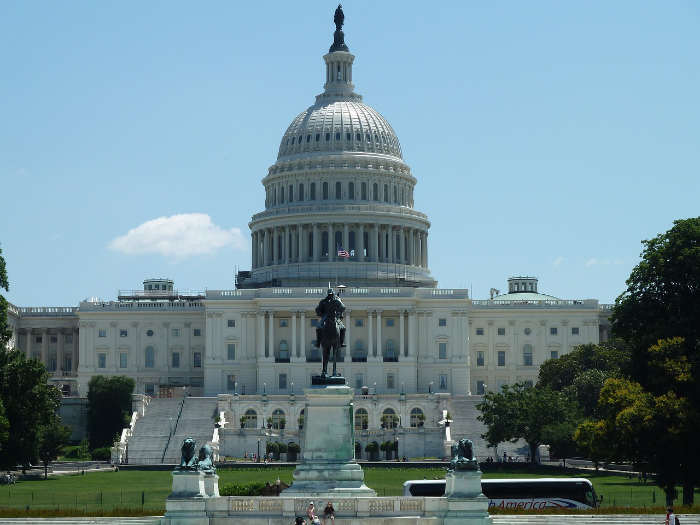Tire Chain Laws by State 2025
Tire Chain Law
State | Tire Chain Law↓ | Tire Chain Specific Guidlines | |
|---|---|---|---|
| Alaska | Specific guidelines |
| |
| California | Specific guidelines |
| |
| Colorado | Specific guidelines |
| |
| Connecticut | Specific guidelines |
| |
| Idaho | Specific guidelines |
| |
| Kentucky | Specific guidelines |
| |
| Massachusetts | Specific guidelines |
| |
| Montana | Specific guidelines |
| |
| Nevada | Specific guidelines |
| |
| Ohio | Specific guidelines |
| |
| Oregon | Specific guidelines |
| |
| Utah | Specific guidelines |
| |
| Vermont | Specific guidelines |
| |
| Washington | Specific guidelines |
| |
| Wyoming | Specific guidelines |
| |
| Alabama | Allowed when required | ||
| Arizona | Allowed when required | ||
| Arkansas | Allowed when required | ||
| Delaware | Allowed when required |
| |
| Georgia | Allowed when required |
| |
| Illinois | Allowed when required | ||
| Indiana | Allowed when required | ||
| Iowa | Allowed when required | ||
| Kansas | Allowed when required | ||
| Louisiana | Allowed when required | ||
| Maine | Allowed when required |
| |
| Maryland | Allowed when required |
| |
| Michigan | Allowed when required |
| |
| Minnesota | Allowed when required | ||
| Mississippi | Allowed when required | ||
| Missouri | Allowed when required |
| |
| Nebraska | Allowed when required | ||
| New Jersey | Allowed when required | ||
| New Mexico | Allowed when required | ||
| New York | Allowed when required |
| |
| North Carolina | Allowed when required | ||
| North Dakota | Allowed when required |
| |
| Oklahoma | Allowed when required | ||
| Pennsylvania | Allowed when required | ||
| Rhode Island | Allowed when required | ||
| South Carolina | Allowed when required | ||
| South Dakota | Allowed when required |
| |
| Tennessee | Allowed when required | ||
| Texas | Allowed when required | ||
| Virginia | Allowed when required | ||
| West Virginia | Allowed when required |
| |
| Wisconsin | Allowed when required |
| |
| Florida | No tire chain law | ||
| Hawaii | No tire chain law | ||
| New Hampshire | No tire chain law |
Tire chain laws vary across states in the United States, with regulations dictating when and where tire chains are permitted or required for vehicles. While some states allow tire chains under specific guidelines or when required by weather conditions, others have no tire chain laws at all.
In states like California and Nevada, tire chains are only allowed when signs are posted indicating that they are required. Similarly, Colorado mandates tire chains for commercial vehicles and trucks from September 1 through May 31, highlighting the importance of snow preparedness in mountainous regions.
Conversely, states like Florida and Hawaii have no tire chain laws due to their warmer climates and minimal snowfall. However, in states like Alaska and Montana, tire chains are permitted during specific times of the year or when snow conditions necessitate their use.
It’s important for drivers to familiarize themselves with tire chain laws in the states they plan to travel through, as failure to comply with regulations can result in fines or penalties. By understanding and adhering to tire chain laws, motorists can ensure their safety and the safety of others during winter driving conditions.



















